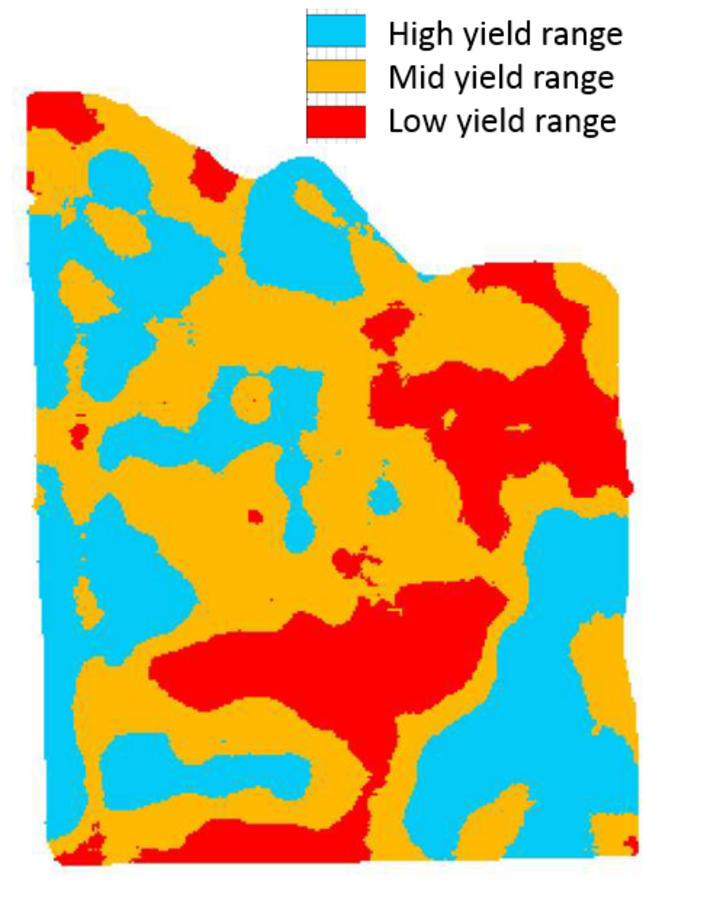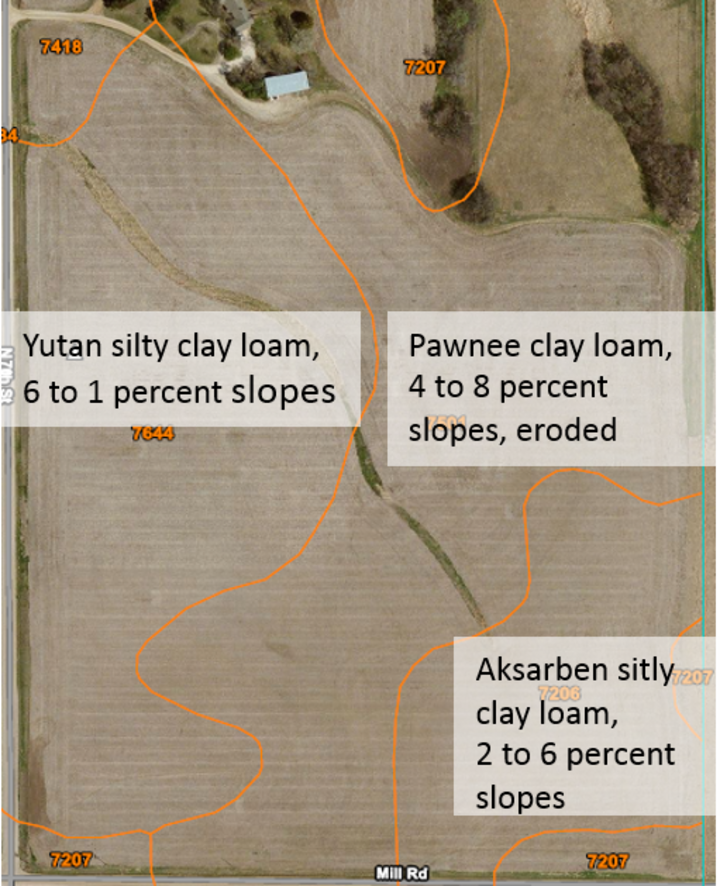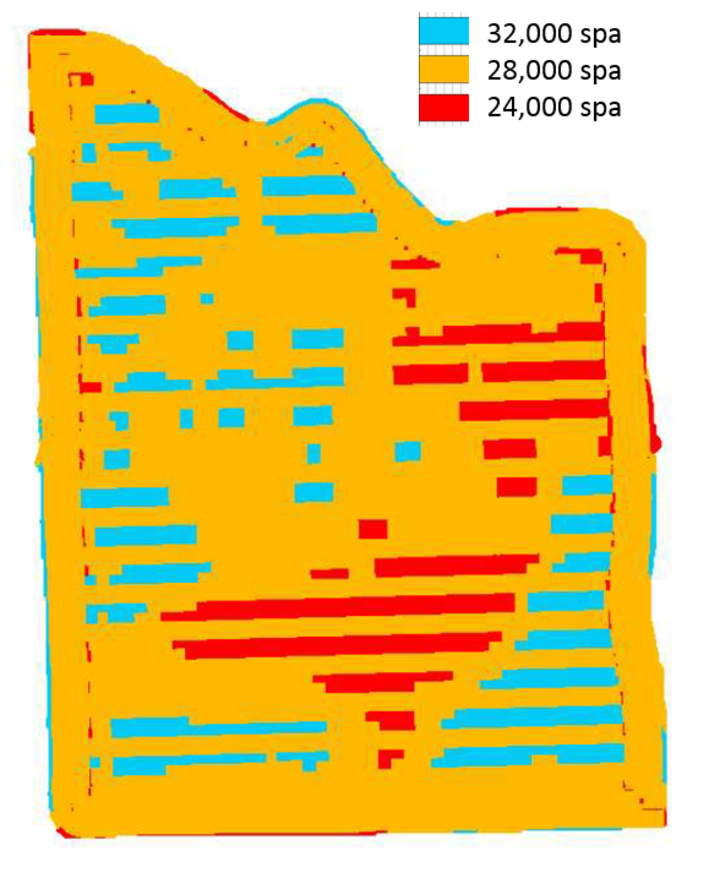With the capability of planters to variable-rate seed, more farmers are trying this feature out in their fields. The technology holds promise as it can help increase return on investment of seed by putting more seeds where there is more potential for increased yield. However, many producers are jumping into variable-rate seeding of their fields without a system in place to evaluate the success of this altered management. Two Nebraska producers are working with Nebraska's On-Farm Research Network to better understand the yield and economic consequence of their variable-rate planting strategy. Dave Nielsen, a Lancaster County producer, began evaluating his variable-rate planting strategy with Nebraska's On-Farm Research Network in 2013. Neilsen is continuing to evaluate the profitability of variable-rate seeding in 2014 along with another southeast Nebraska producer who is evaluating variable-rate seeding for the first time in 2014. Data from the 2014 studies will be available and shared at the Annual Nebraska On-Farm Research Update.
In 2013, Nielsen developed his management zones by using three years of historic yield maps (Figure 1) and soil maps (Figure 2). When the composite yield maps were compared to the soil series map for his field, Nielsen found similarities. Lower yielding areas were located on eroded clay loam, whereas the higher yielding areas were located on silty clay loam soils.


Figure 2: Soil series overlain on aerial image.
Based on this information, Nielsen created management zones for variable-rate seeding (Figure 3) were based off of the composite yield map. In order to evaluate the result of the variable-rate seeding, 24 strips of a flat seeding rate of 28,000 seeds/acre were placed throughout the field. This design allowed for 24 comparisons to be made between the flat seeding rate and variable seeding rate. The variable seeding rate yielded significantly* higher than the flat rate – 160 compared to 158 bu/acre. When evaluating the results of a variable-rate seeding method, it is important to consider seed costs as well as yield. The variable-rate seeding prescription resulted in equal amounts of the 3 rates of seed being planted with an overall average of 28,000 seeds/acre for the variable-rate strips. Because the same amount of seed was used on the variable-rate seeding areas and the flat rate seeding areas, the seed cost for the single rate and variable-rate areas was the same in this case. The variable-rate seeding method was more profitable for this field in 2013 (ignoring costs of technology associated with variable-rate seeding management zone development and implementation).

If you are currently using variable-rate seeding or considering doing so in the future, carefully think about how the management zones are delineated and how the success of your management zones will be evaluated. Setting up a simple experiment such as this one could provide information to help you maximize the return of your seed investment.
*Significant differences were evaluated at a 90% confidence level.
Variable-Rate Seeding Considerations:
- Variable-rate seeding has greater potential in fields with greater variability in yields.
- Seeding rates should differ by at least 3,000 seeds/acre.
What information do you have to make your management zones?
- Yield maps over time are an excellent starting place for developing management zones. Management zones should be areas that have consistent performance trends over years. Areas where field performance varies greatly from year-to-year, such as an area that performs well in dry years and poorly in wet years, will be a challenge to know how to manage variably.
- Soil series information is readily available, but should not be used alone to create management zones. The level of accuracy at which these maps were created is often inadequate for creating management zones. Soil series information can be used to supplement other information.
- Consider using remote sensing imagery or soil electrical conductivity to augment your yield information.
Evaluation
It is important to set up check strips of a single planting rate that pass through several variable seeding rate management zones. These strips can be evaluated overall for profitability of the decision such as in this study. Additionally, yield of the check rate can be compared to the variable seeding rates immediately adjacent to these checks. You can then examine whether increasing seeding rates in some areas resulted in increased yield compared to the check or if lowering seeding rates resulted in the same yield as the check. This information is valuable for making adjustments to the next year's seeding prescription.
Laura Thompson, Extension Educator
